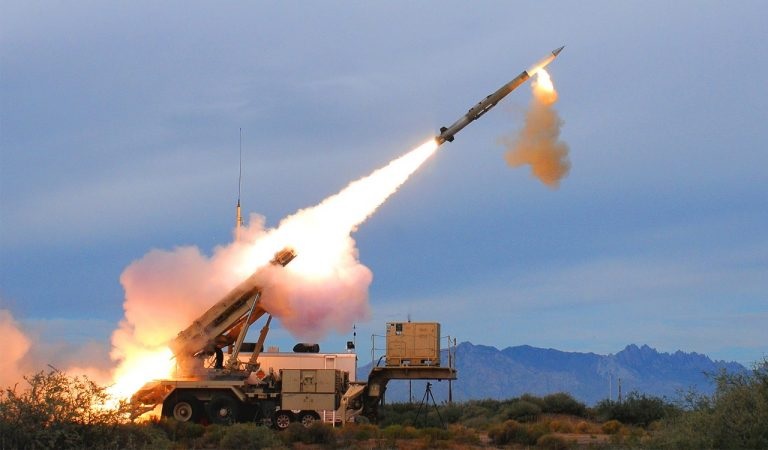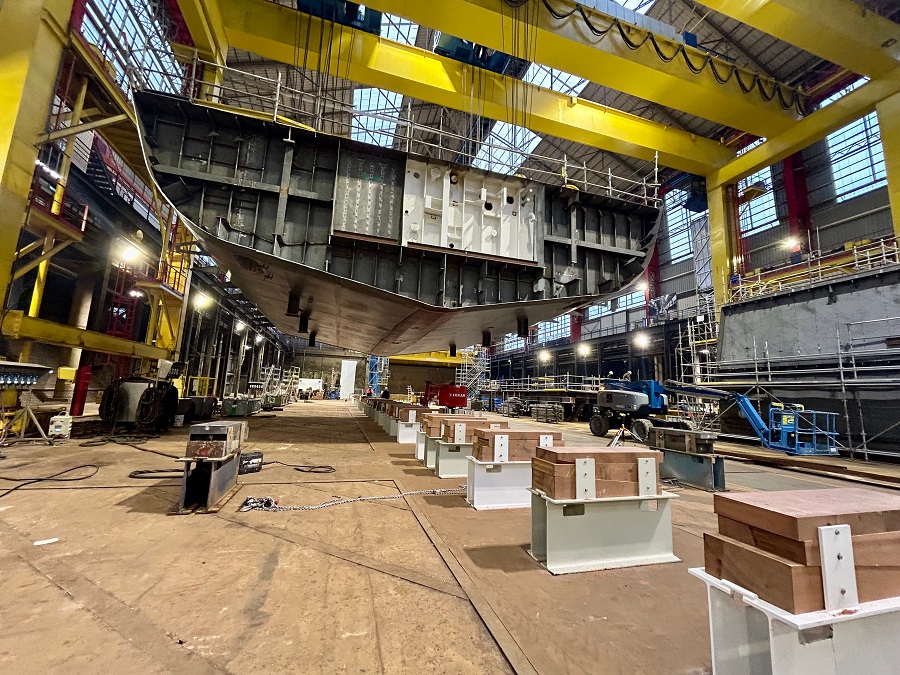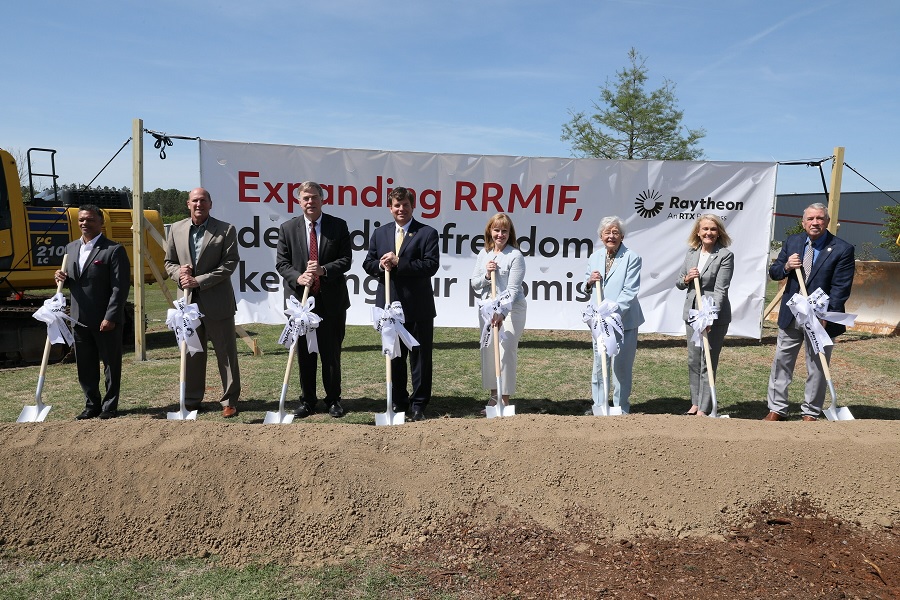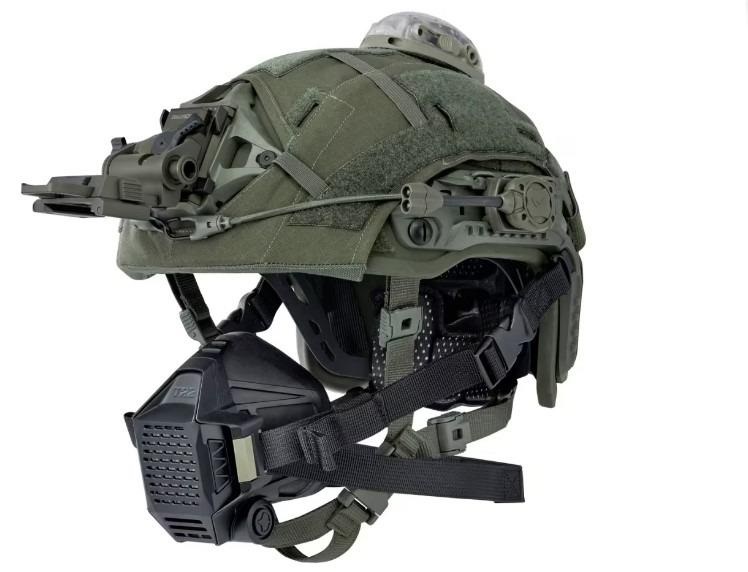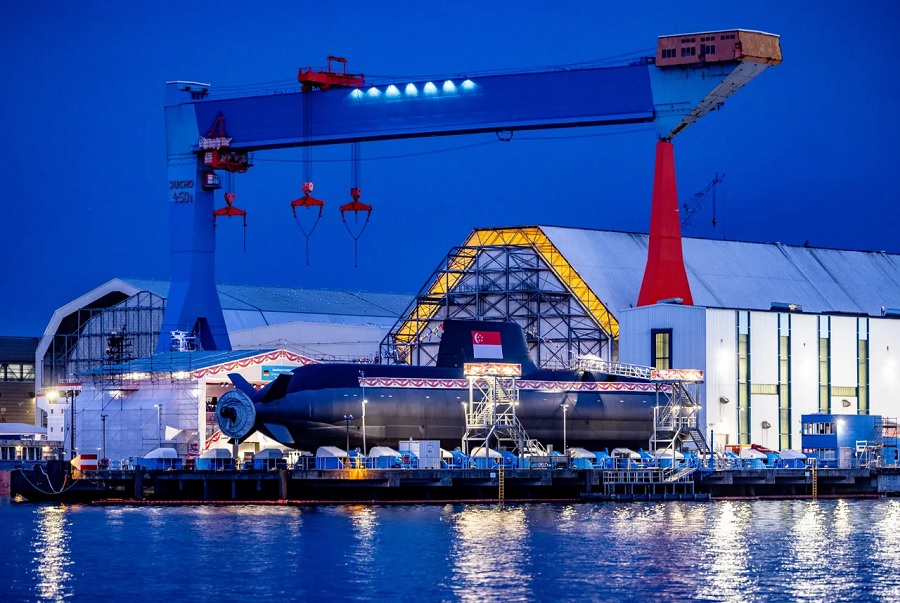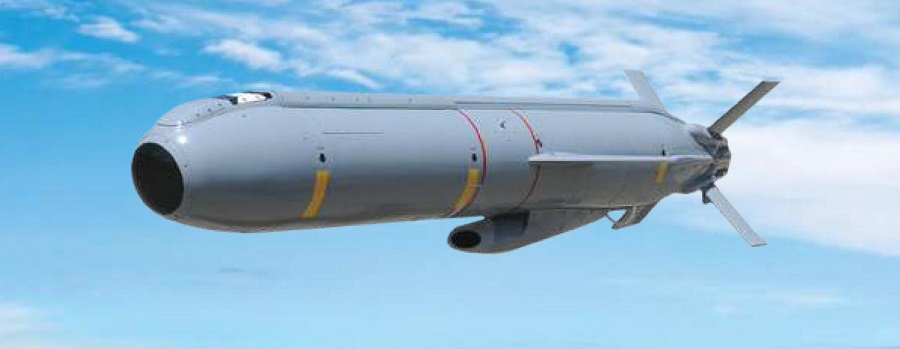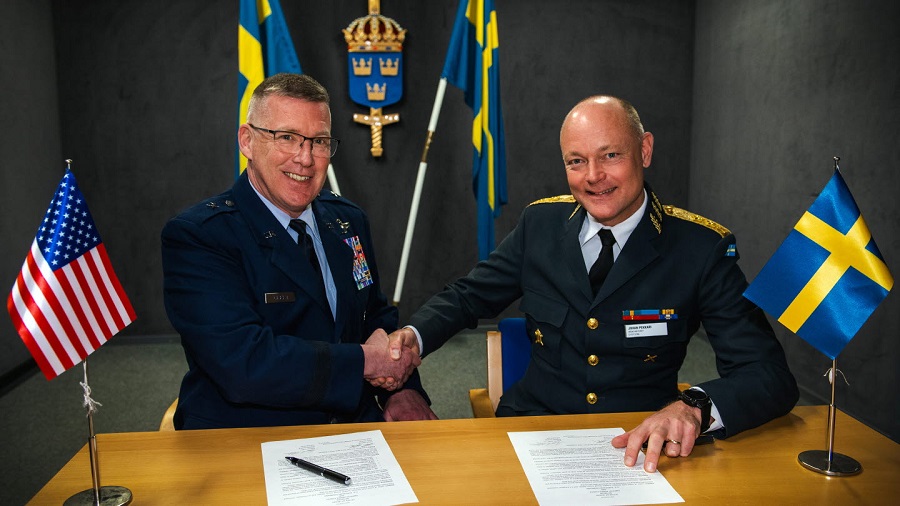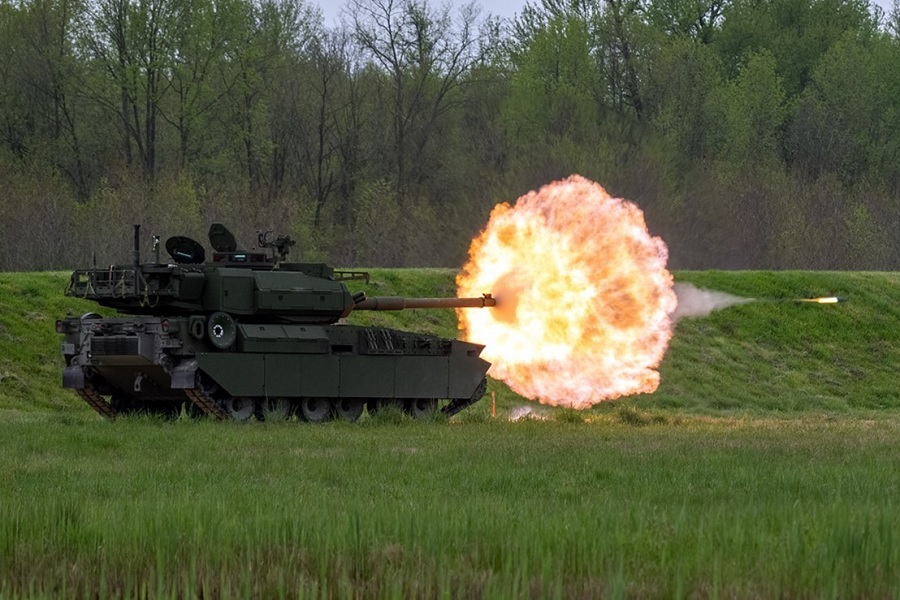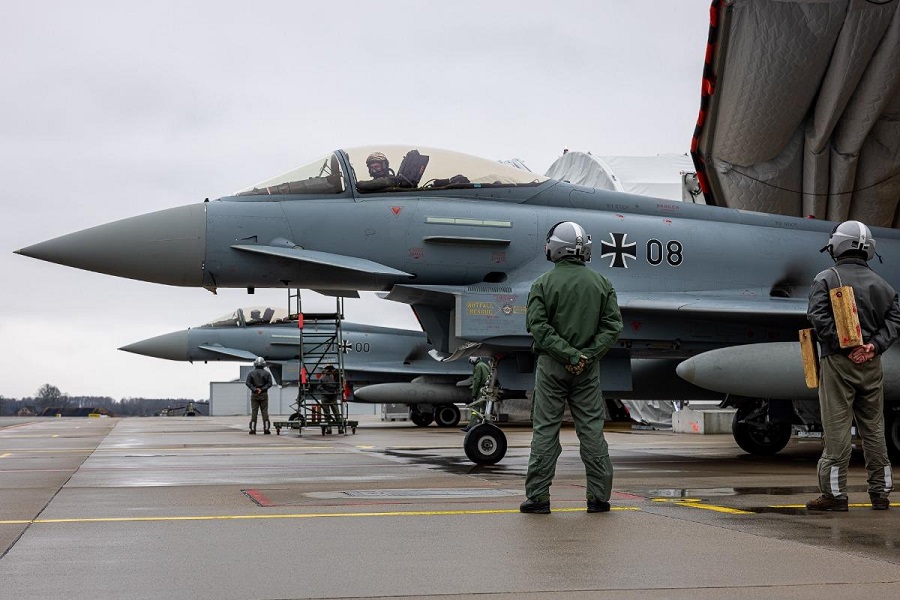Among EU Member states, if one nation’s rifles fire NATO’s standard 5.56 mm ammunition, other assault rifles used by another nation may not. Artillery systems have different barrel lengths that determine the size of ammunition they fire, depending on their ranges, and many have different loading mechanisms, or even have their own shells. As Ukraine’s armed forces transition away from Soviet legacy weapons in search of better precision and range, issues can also arise around spare parts. All these factors are a challenge for battlefield commanders and the command-and-control systems they depend on.
NATO has ways to promote common military standards, covered by a STANdardisation AGreement of NATO Allied countries, known as STANAGs. Implementation of standards is voluntary, however, and in Europe’s fragmented defence market, many countries still produce and operate incompatible weapons, a well-known problem that the war in Ukraine is now highlighting. As EU nations step up their weapons deliveries and seek to replenish supplies, the European Defence Agency’s (EDA) work on standardisation will continue to be key.
In search of a solution: EDA’s role
Although EDA does not develop standards, the Agency plays a central role in selecting certain Best-Practice Standards – including from civilian European standardisation organisations, NATO and others – and encourages Member States to apply them. If necessary, during the selection process, experts may identify requirements which can be developed by a standardisation organisation. EDA sees European defence standardisation as a strategic tool for improving armaments cooperation and enhancing the European Defence Technological and Industrial Base (EDTIB). In 2011, EDA established the European Defence Standards Reference System (EDSTAR). EDA has been working in complementarity with NATO to increase cooperation on interoperability.
EDSTAR: Part of a future common defence market
EDSTAR today contains guidance for roughly 2,300 standards and standard-like specifications for Member States and the EU defence industry. Agreeing on standards during capability development and procurement helps the harmonisation and standardisation of the defence market. Through a special internet platform, EDSTAR provides the necessary guidance and selection of Best Practice Standards for several domains. This web-based service is designed to assist governmental organisations and Europe’s defence industry across the spectrum of capabilities. The benefits are numerous, beyond improvement of operability. Here are just a few:
- Limited variety of necessary items of supply and optimum use of standardised parts
- Safeguarding of common logistics
- Avoidance of parallel expenditures for research, development, and testing of defence materiel
- Strengthening cooperation during military operations
- Opening the EDTIB market and reducing the risk of dependence on a single or specific suppliers
From ammunition to CBRN
Here are some examples of EDA’s current work on standardisation, in which expert groups select best-practices:
- Ammunition: One technical domain focuses on the design, testing and qualification of ammunition, taking NATO standards as the base and reducing the many standards to use a classification system. It includes all conventional ammunition such as all calibres, warheads, rocket motors, torpedoes/under-water ammunition, grenades and missiles. The sorts of things not included are: explosive materials, which are already handled by a separate expert group, and nuclear, chemical and biological weapons (see below).
- Fuel and lubricants: Another technical domain focuses on fuels (petroleum and oil) and lubricants, as well as other alternatives in their gaseous, solid and synthetic forms used in the EU defence sector. The aim of experts’ work is to identify and select best practice standards within the EDSTAR fuels and lubricants area to streamline the variety of products. In a very fragmented market, it also ensures the products can be delivered and used across the EU’s national forces, that they work with a wide range of equipment, meet the NATO standards, national and European regulations, minimize hazards in storing, handling and keep the focus on green defence and climate change impact.
- CBRN: CBRN defence is defined as “all measures designed to defend European forces against any nuclear, biological, chemical and radiological incident”. EDA is working to help include standards on detection, protection, hazard management, warning and reporting, and medical countermeasures. This does not mean that EDA can create a perfect shield of safety, but rather find a good compromise that offers the best security for European soldiers in mitigating the effects of a possible attack or event and in deterring any adversary from using CBRN weapons or agents.
This article was originally published on European Defence Agency (EDA) website.









